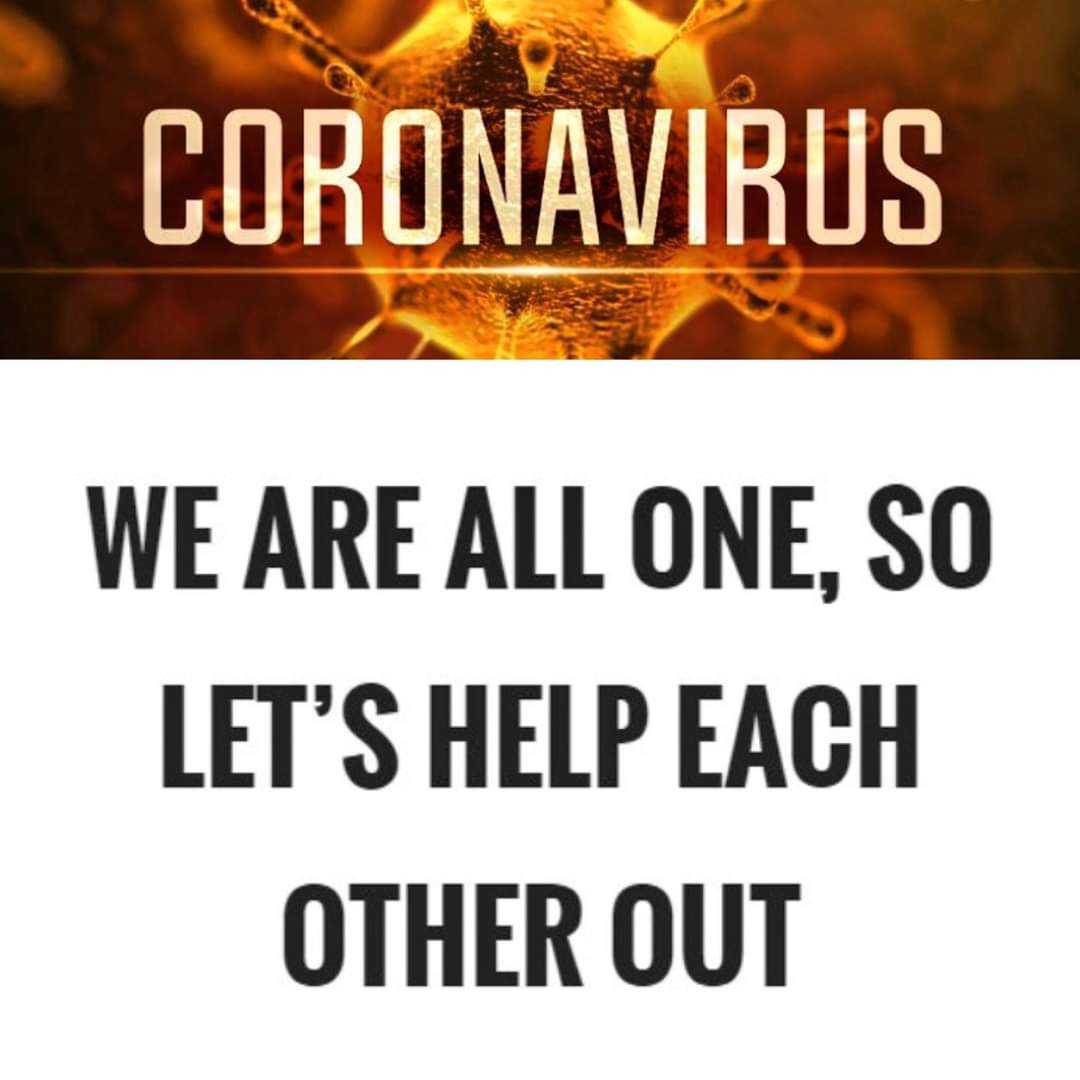Conclusion
Contagion may be presented as a work of fiction, but it communicates several important messages that authori-ties need the public to accept. To do so, the movie defines a specific problem that has actually occurred in the past, it identifies the agencies that have the right to take charge of the situation and proposes the only solution required to fix the problem. That solution is not pretty: The dissolution of the government, the imposition of martial law, the creation of civilian camps, forced vaccination campaigns and the suppression of free speech. Democracy and civil rights are summarily suspended and we witness the establishment of a highly controlled and monitored society (using barcodes).
Are disaster movies such as Contagion solely created for entertainment or are they also used to teach the public about what is acceptable and what is not when a disaster occurs? Would the World Health Organisation participate in a movie simply to entertain people?
Interesting fact: The movie was released on DVD at the same time the WHO got accused of exaggerating the death rate of the new H5N1 bird flu. The WHO has also recently allowed the publication of controversial research describing the creation of a mutant and highly contagious version of the virus. Could a weaponised version of the virus be purposely released on the public to justify martial law? Wait, maybe I shouldn’t say things like that. I don’t want to get arrested for “security fraud, conspiracy and most likely manslaughter.”
http://vigilantcitizen.com/mov-iesandtv/contagion-or-how-disaster-movies-educate-the-masses/



Comments
Post a Comment